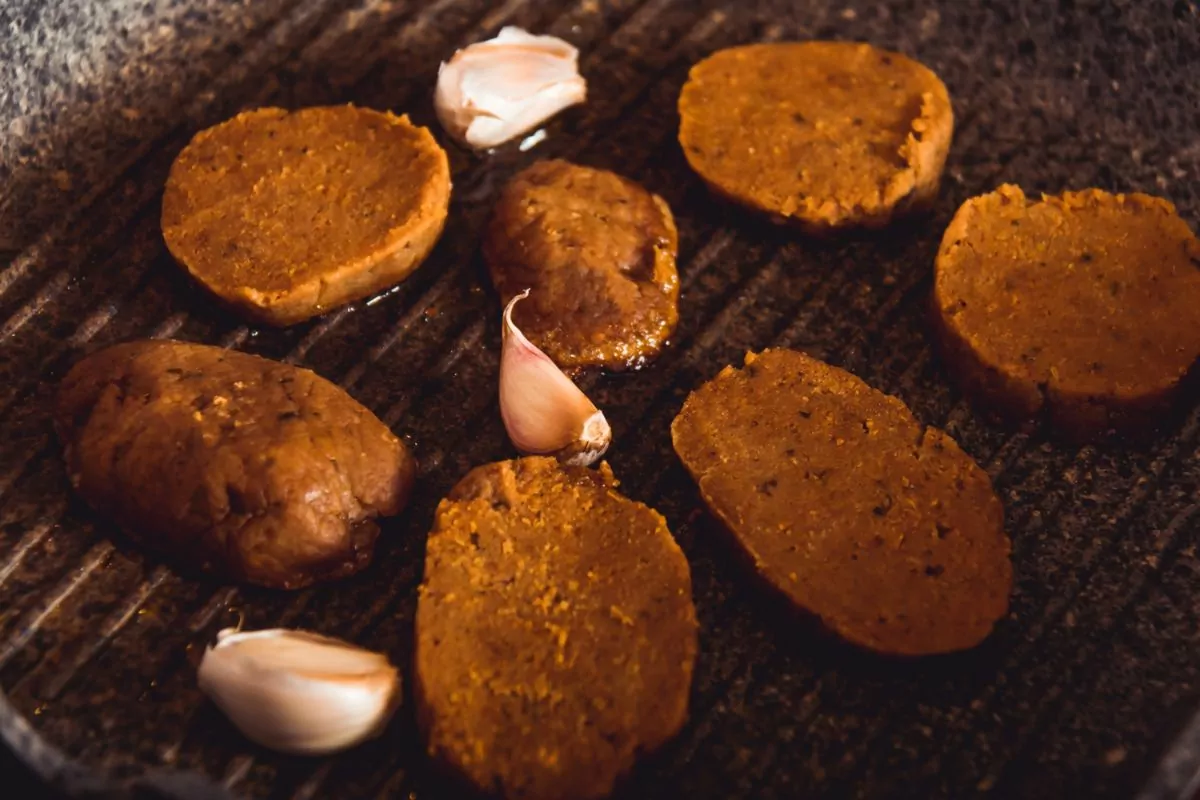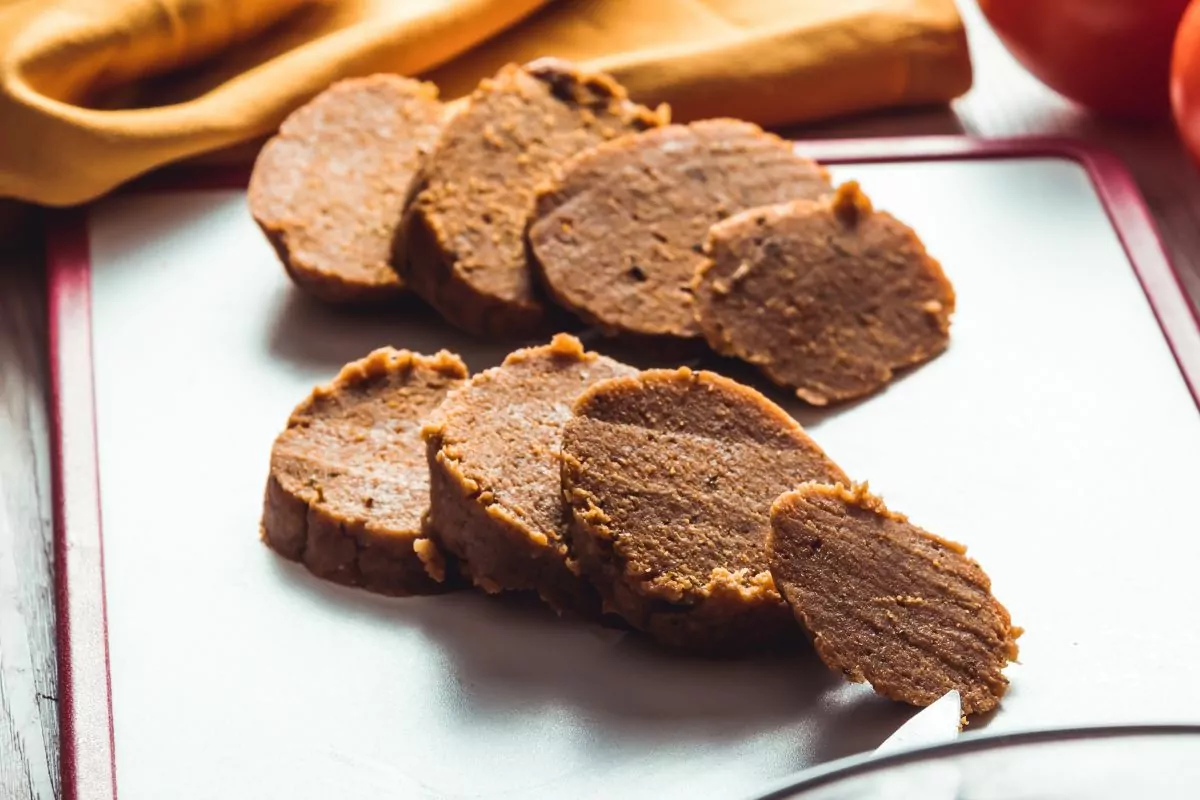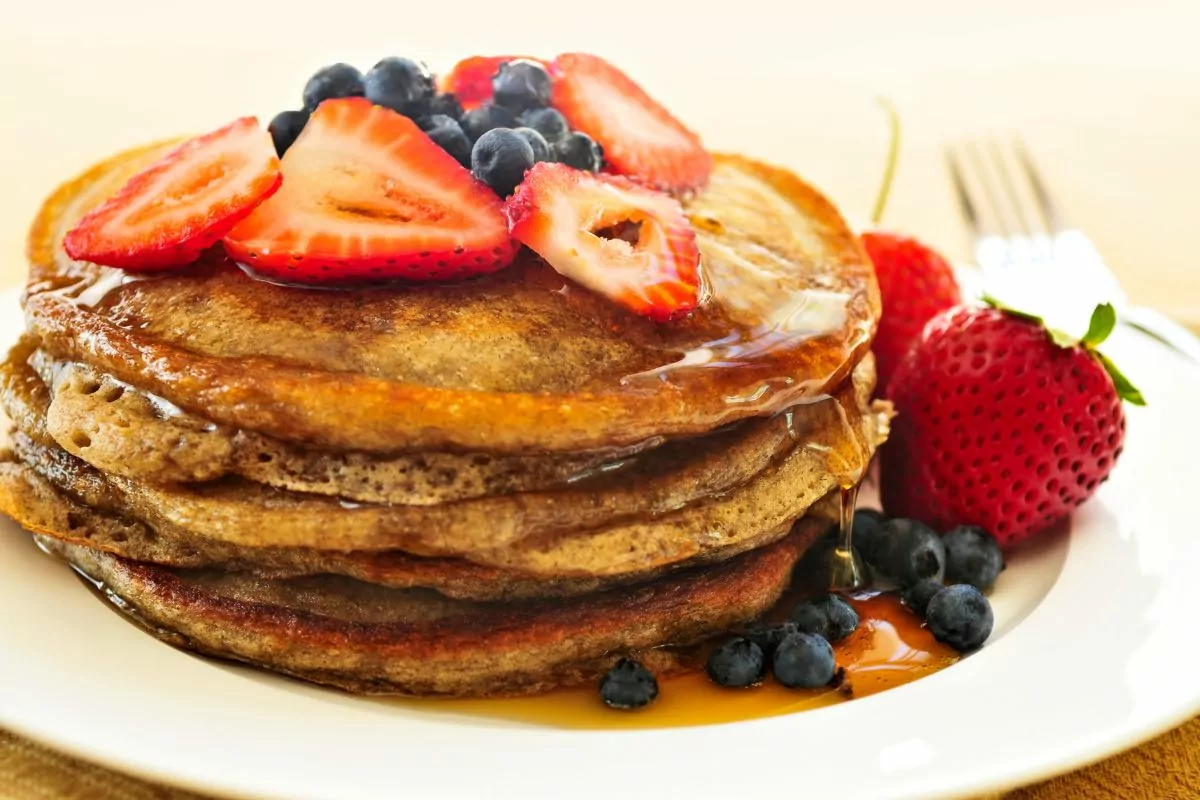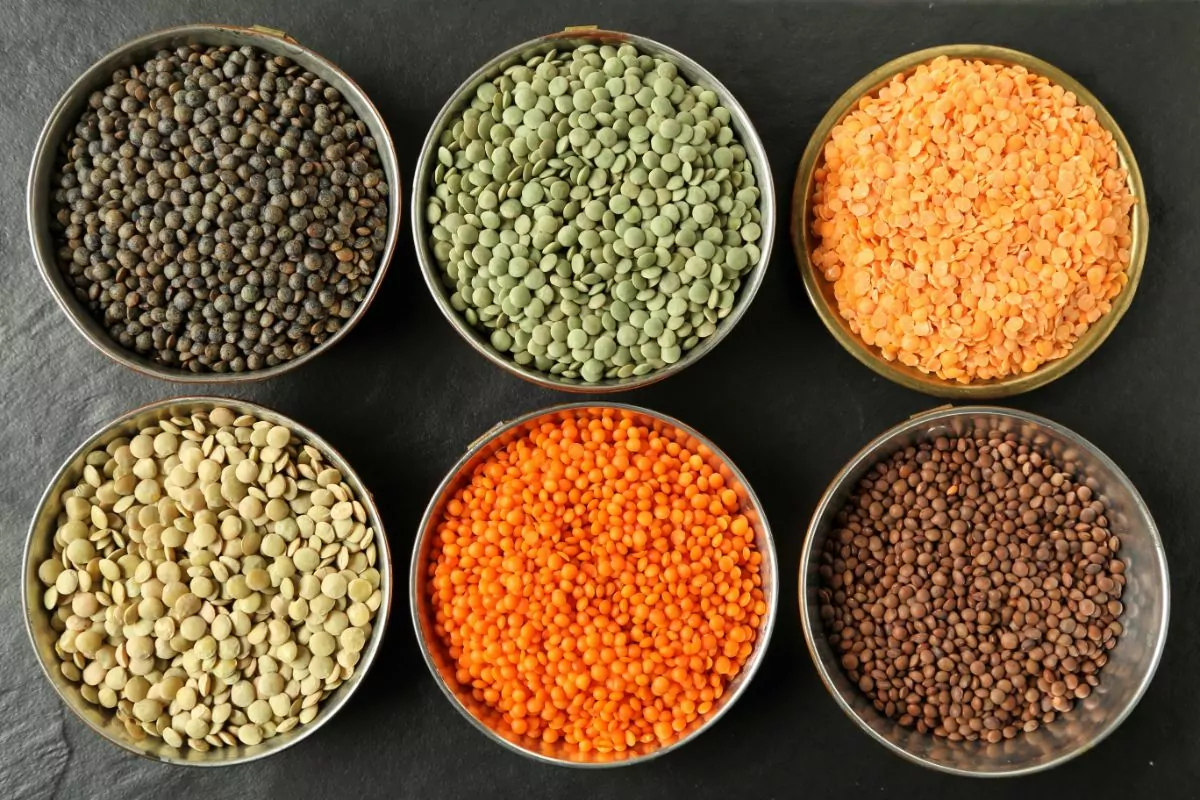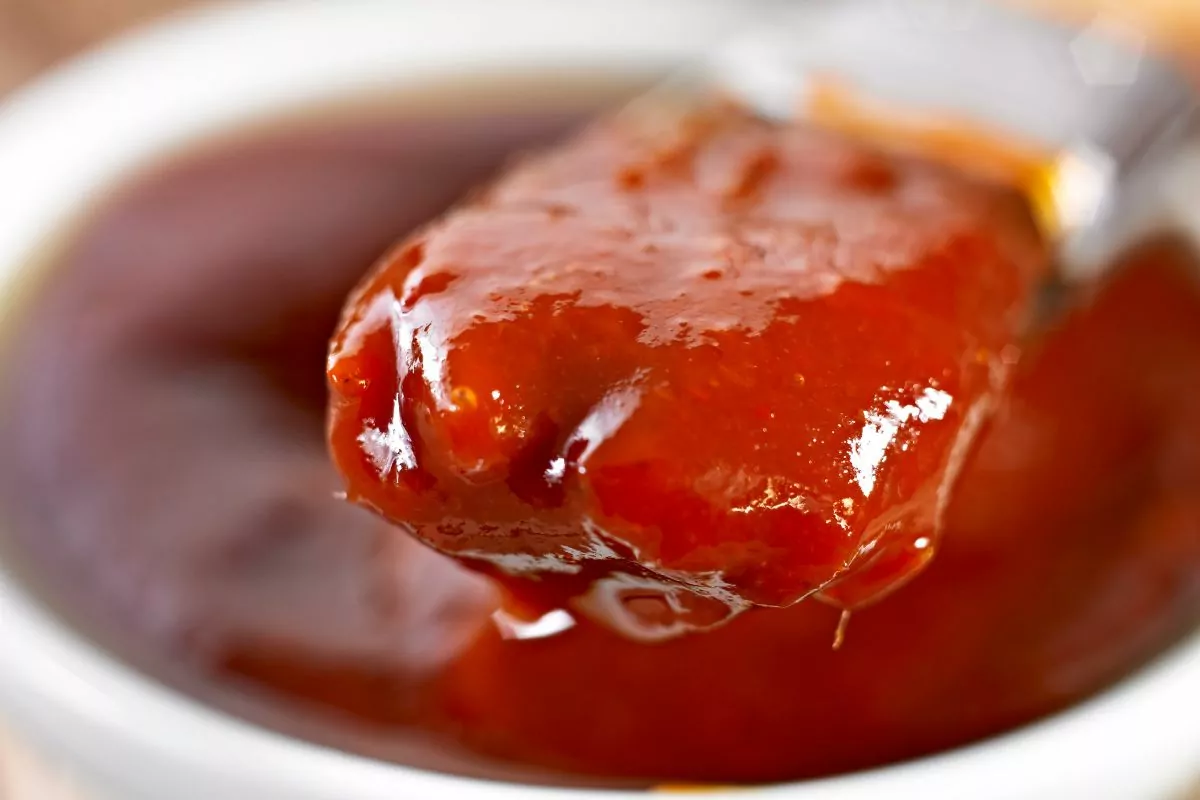Seitan is a great meat alternative with a wonderful chewy, meaty texture.
Great for vegans and those who want to avoid meat it offers a tasty alternative.
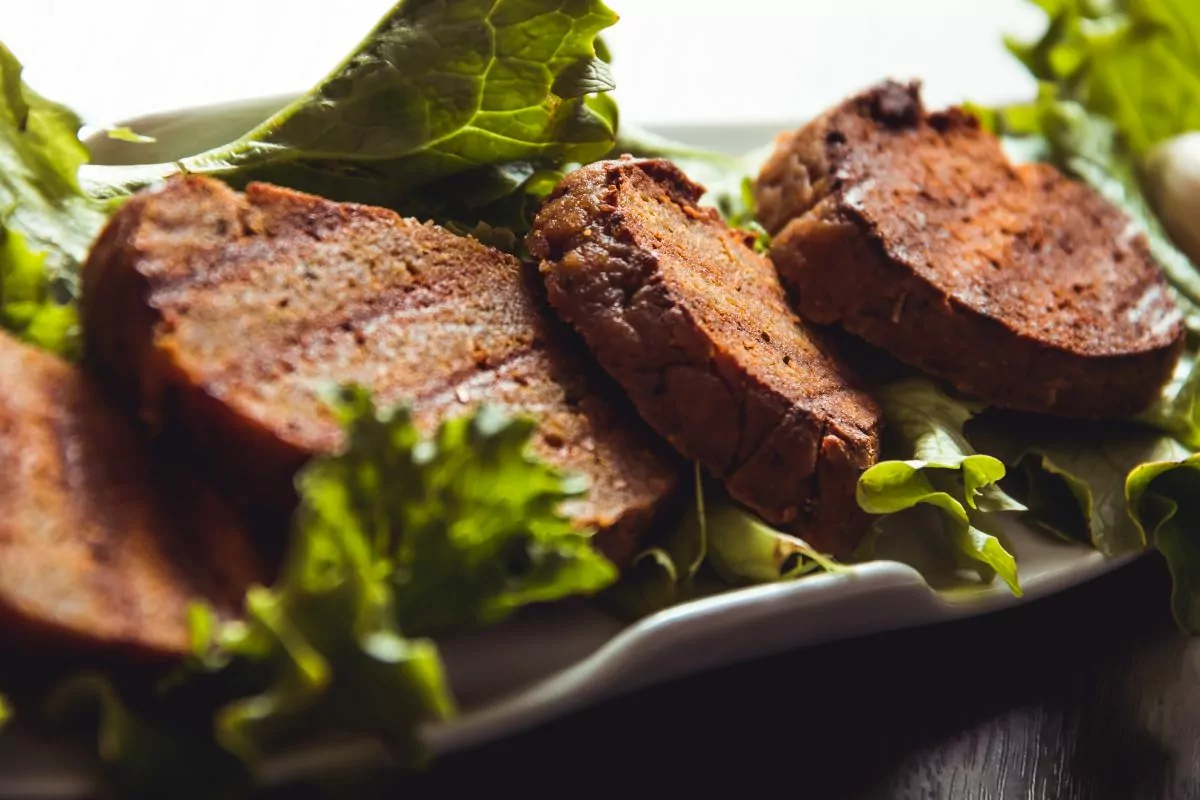
But how to cook seitan? Well there are a lot of ways, so let’s take a look at some of them.
Where Does Seitan Come From?
Seitan has been eaten in China and Japan for thousands of years, of course it wasn’t known by that name.
It was called ‘mian jin’ in China and ‘fu’ in Japan.
In the 1960s the founder of the macrobiotic diet, George Ohsawa introduced the new name of seitan.
This was derived from the word ‘sei’ meaning ‘made of’ and ‘tan’ as a shortened version of ‘tanpaku’ which means protein.
Seitan is wheat gluten that has been rinsed out of wheat dough. Gluten is what makes dough stretchy.
The starches that are collected from the wheat dough are dried and made into something called gluten flour or vital wheat gluten.
This is what seitan is made from.
Is Seitan Healthy?
If you want to avoid eating meat and are not too impressed with some of the highly processed faux meats on the market, seitan is a healthy alternative.
It is made only from gluten flour, water and some spices.
Seitan is a fantastic source of protein with over 16 grams of protein in a 3 ounce serving.
It does not contain a complete protein but if combined with legumes or other sources of protein you can ensure you have all the amino acids you need.
It is a low fat and low calorie food and doesn’t contain any cholesterol.
How To Cook Seitan?
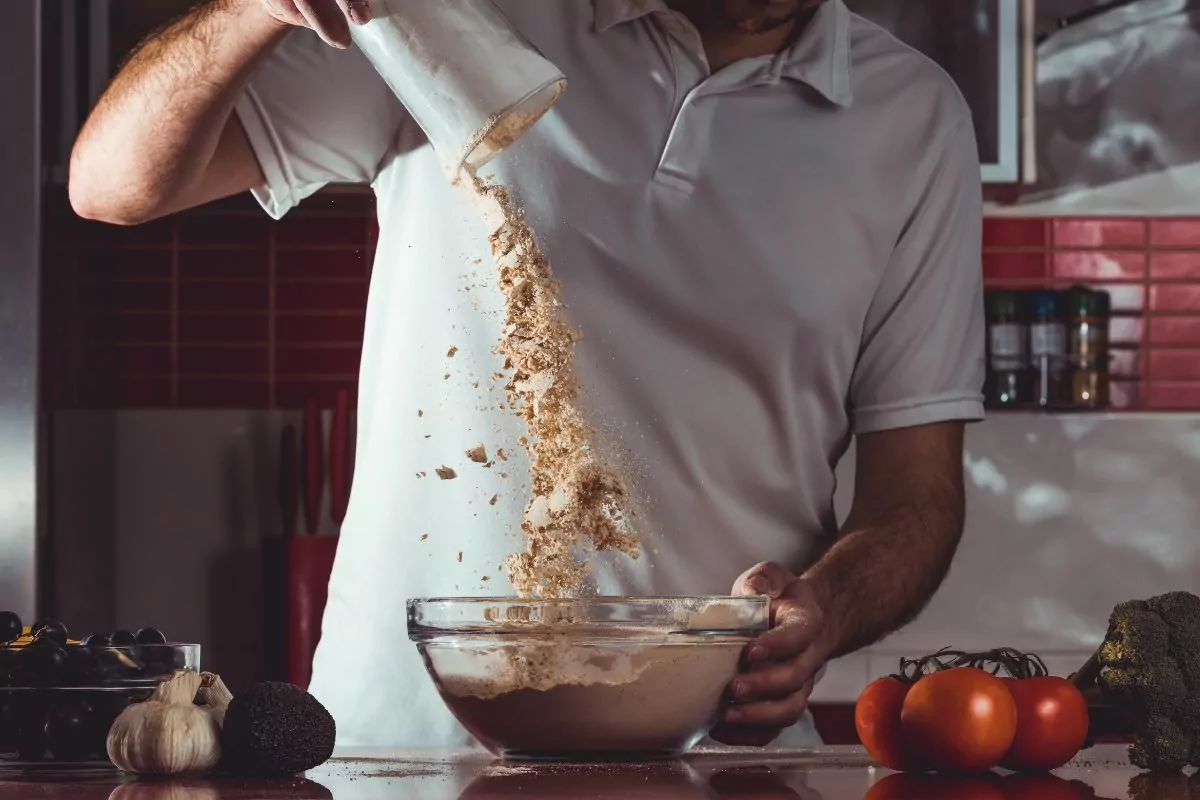
If you have decided to give seitan a try then you’ll want to know how to cook it.
There are numerous ways, in fact if you can think of a way to cook meat then you can also cook seitan in the same way.
That being said, there are some other methods of cooking which you would not necessarily apply to meat.
These are simmering, steaming and baking. After all seitan is a plant based food and not an animal derived product.
Let’s take a look at each method, so you can see if they would suit you.
Simmering
One of the reasons for cooking seitan in this way is because it is mainly a protein and so has no fat.
Therefore it is important to keep seitan moist for optimum enjoyment.
Simmering is a popular way to cook seitan as it allows it to cook slowly but thoroughly without drying out.
In addition to water, you can add some flavoring which will be absorbed into the seitan.
On its own it doesn’t have much flavor but rather an earthy taste similar to mushrooms or bland chicken.
Adding soy sauce, spices or vegetable broth while simmering will enhance the flavor.
Steaming
Steaming seitan is another good way of maintaining its moisture while cooking.
For this you will need a steaming basket. Add water to the pot and place the seitan in the basket.
As it cooks in the steam the seitan will develop a pleasing texture that isn’t too firm or too soft.
Unlike frying which causes the protein on the exterior to become crispy, with steaming the protein remains smooth.
Unlike simmering where you can add flavoring to the water, steaming seitan will not impart much flavor.
However, it will give you a pleasant texture, and you can add flavor afterwards.
Baking
If you would prefer a more firm texture in your seitan then baking is a good option.
Unlike with steaming and simmering which keep it moist, baking will create a crust on the outside.
Seitan has no fat, so there is nothing to prevent it from drying out in the oven.
This is why it is important to marinate the seitan before baking. This will give it some moisture but also add some flavor to it.
To bake, place the seitan on a lined and lightly oiled baking sheet.
Then put it in the oven at 360 °F – 390 °F for around 20 minutes for a piece that is ½ inch thick.
Seitan Recipes
All of the above methods of cooking are typically a preamble to creating a full blown recipe.
There are plenty of recipes available for cooking seitan, just remember if you can do it with meat you can do it with seitan.
We’ll look at a couple of different ways that you can enjoy this tasty meat alternative.
Seitan Schnitzel
This is a great way to eat seitan and as is often the case, it involves cooking it twice.
As there is really not much flavor in seitan a good start is to season it with ras-el hanout which is a Moroccan mixture of spices.
It tastes and smells wonderful.
Then the flavored dough is kneaded and flattened out into a schnitzel shape, which is very thin and a vaguely rectangular shape.
It is then simmered in water, vegetable broth and soy sauce.
Once cooked the pieces are covered in breadcrumbs and fried until golden brown.
Sloppy Vegan Joe
A seitan take on the Sloppy Joe is a great way to enjoy this meat alternative.
For this recipe use Upton’s Naturals Chorizo Seitan which has a fantastic flavor.
As well as the chorizo seitan you will need onion, garlic, red pepper flakes, cherry tomatoes and yellow squash.
Saute the onion and garlic then add the seasoning and seitan, followed by the tomatoes and squash.
Cook until soft and then serve on buns or in pita, topped with pickle.
Final Thoughts
Seitan is a great alternative to meat and is much healthier than some of the more processed alternatives.
It is full of protein and has a chewy, meaty texture. Cooking it is simple and there are plenty of recipes to try.
We hope this guide to how to cook seitan has been helpful and will encourage you to try some more recipes using this wonderful vegan ingredient.
- Cucumber, Apple And Pineapple Juice - September 12, 2022
- French Toast Without Eggs - September 12, 2022
- Cook Canned Chickpeas - September 12, 2022

